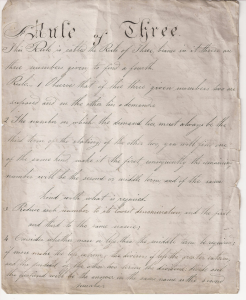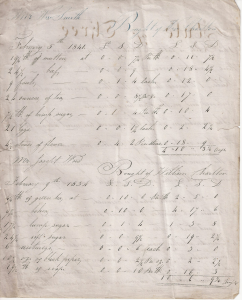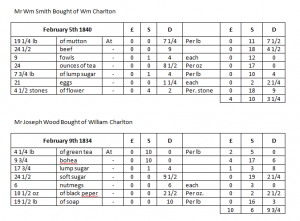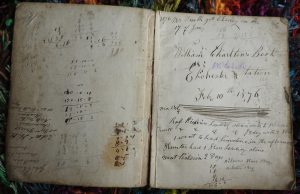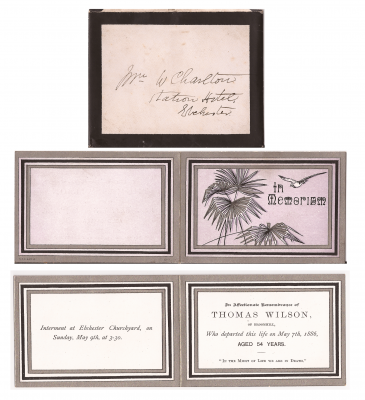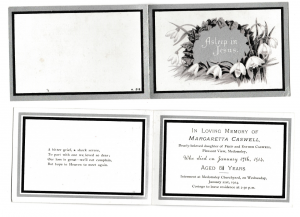William Hedley Charlton (born 21 June 1872, Broom Hill, Durham) was Esther’s older brother. He was by all accounts the apple of his mother’s eye, whereas Esther was reported to be a daddy’s girl. This certainly looks to be the case when you look at their respective gravestones. Esther is buried with her father in St. Ebba’s Church, Ebchester. Whereas, Margaret and William are buried in Hamsterley Church yard.
He died at the young age of 29 years (1 September 1902, Station Hotel, Ebchester). According to his death certificate the cause of death was:
Tubercular Disease of Kidney – 6 years
Angloid Diseased Liver, Kidney and Bowel – 1 year
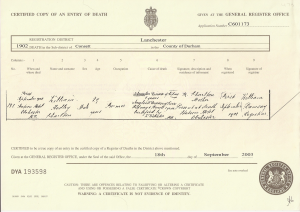
At least once during his illness, his mother Margaret sent William to Whitby to convalesce. This letter was in Esther’s chest, it was sent to his mother from Whitby.
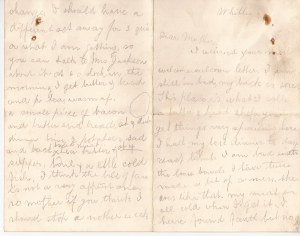
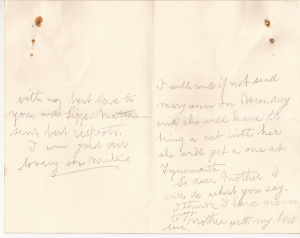
I have transcribed the letter but there are a couple of words that I can’t quite decipher.
Whitby
Dear Mother
I received your most welcome, welcome letter. I am still in bed, my back is sore. This place is what I call a butter and bread shop, you get things very spareling here. I had my best dinner to day roast lamb. I am bad with the loose bowels I have twice made a bit of a mess. She *** like that. My meat is all cold when I get it. I have found fault***, but no change. I should have a different set away for 3 quit u what I am getting. So you can talk to Mrs Jackson about it, at 6 o’clock in the morning I get butter and bread and a tea warm up.
a small piece of bacon (drawn) and butter and bread at 9 o’clock dinner time 2 potatoes sad and back boiled meat. tea butter at 4 supper, bovril? and a little cold fish. I think the bill if fare is not a very app**** one. So mother if you think I should stop another week I will and if not send Mary Ann on Monday and she will have to bring a cab with her she will get one at Tynemouth.
So dear Mother I will do what you say. I think I have no more to say Mother with my best love with my best love to you and Lizzie? Matron sent best respects.
I am your ever lovely son Willie
There is no date on the letter but the fact that he describes his loose bowels makes me suspect that it was in the final year of his life. It is an incredibly sad letter, especially as we now know that he was dying at the time of his writing it.


